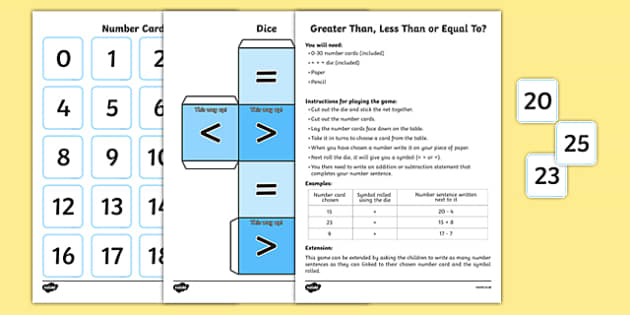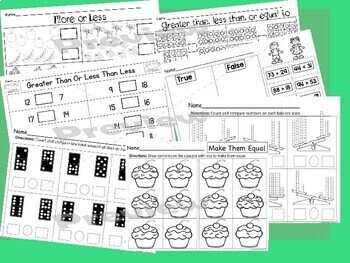

By linking those two processes using modular tools, the study found that students were better equipped to learn about abstract concepts like negative numbers, negative fractions and pre-algebraic problems. Source: Stanford Graduate School of EducationĪ study conducted by the Stanford Graduate School of Education found that the same parts of the brain that compare physical size also compare the abstract worth of two numbers. Students would have to understand that five bouquets of flowers represent the total amount, and the three more that Steve brings are adding to that original number.

This is where the much-loved word problem becomes essential.ĭecontextualization means a student is expected to infer from the above problem that they are to solve an equation (5 + 3 = 8) without getting distracted by any additional information.Ĭontextualization is the opposite: it refers to the ability to step back from the problem and view it as a whole. There are two parts to the second standard: decontextualization and contextualization.ĭecontextualization refers to the process of understanding the symbols in a problem as separate from the whole. Every student was actively engaged in working with the problems, and explained their thinking to the class in a follow-up discussion. The teachers spent minimal time with the students, fixing only minor mistakes and encouraging them to work with their group. Students worked alone or in groups to discuss the question and their process, while the teachers supervised and made note of different strategies. The problem was presented to the class with a quick introduction, and the teachers asked students to find the greater net worth - without explaining how.

Source: Journal of the American Academy of Special Education Professionals Jennifer Smith and Michelle Stephan used this question to incorporate the first standard into a seventh-grade classroom:
#GREATER THAN LESS THAN EQUAL TO COMMON CORE STATE STANDARD DOWNLOAD#
Keep reading to find out what they mean, or download our free, condensed list of the eight standards and examples for teaching them! Is Common Core math working?ġ. The traditional Common Core math provides guidelines for grade-specific concepts, but it’s up to individual school districts to implement a curriculum that’s in line with the standards. These standards allow students to learn deeply instead of widely and build a solid foundation for advanced study.

These standards were created by education professionals at all levels, and are based on research, leading state curricula and exceptional international math programs.


 0 kommentar(er)
0 kommentar(er)
